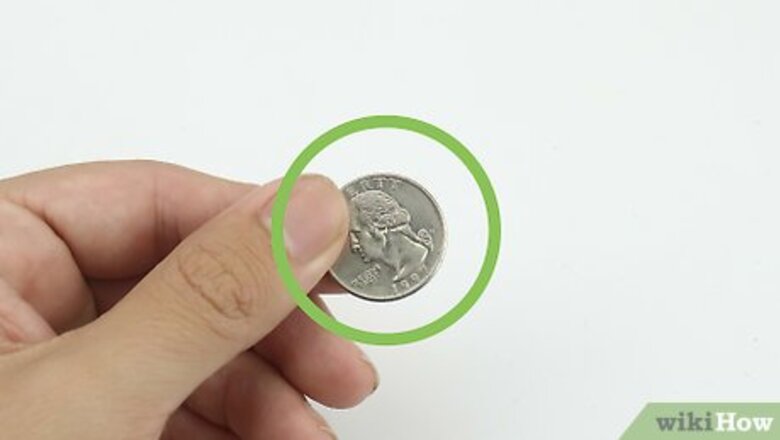
views
Flipping the Coin
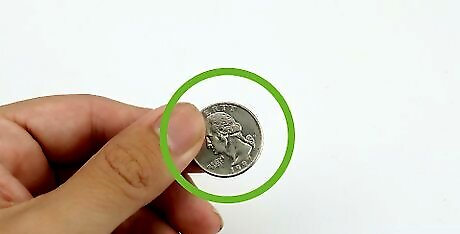
Choose the right coin. There isn't really a "best" coin for tossing. It's really about personal preference and hand size. Newer coins with more defined markings can make it easier to call your toss. On newer coins you can feel the faces and edges a bit better. If you are flipping the coin as part of a trick, it's good to have a specific coin in mind. Not necessarily because it will make any difference, but because it gives you something to talk about as part of your misdirection.
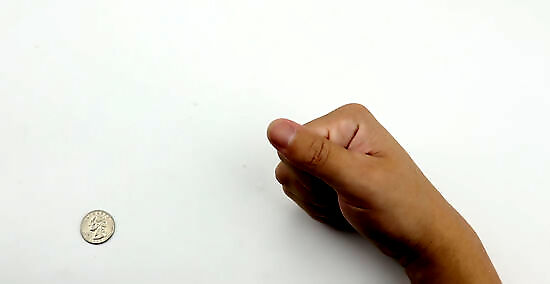
Make a fist with your thumb facing up. Your thumb is the finger that will push the coin into the air. You'll want it facing up so that the coin will go up.
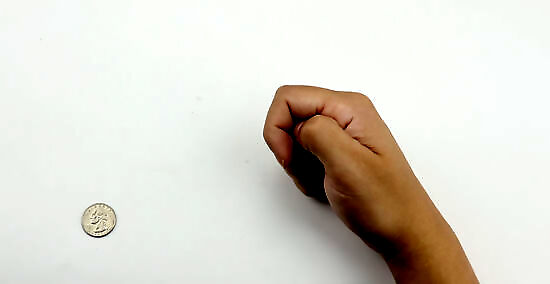
Put your thumb under your index finger. You don't want it sticking all the way through between your first two fingers, just get the edge of your thumb under there. When you bring your thumb up for the toss, this will give you a little resistance, helping create a quick move to strike the coin.
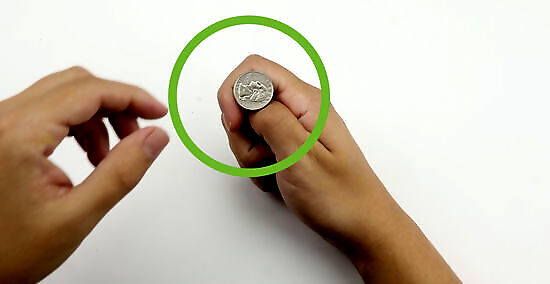
Place the coin over the gap created by your thumb and index finger. It should sit on top of both fingers, and not fall off when you don’t hold it in place. You won’t be holding the coin in place when you flip it, so it needs to sit there without help.
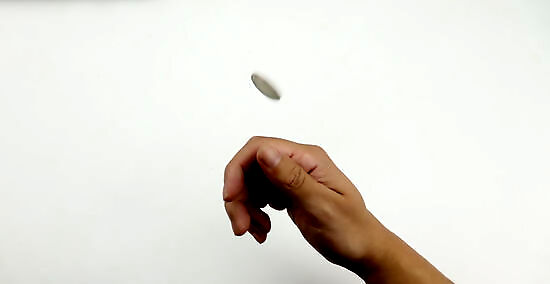
Quickly pull your thumb up. This snap motion will push the coin into the air, causing it to flip over and over. You can also push your hand upwards as you do this. Gently doing so will give you a softer toss, meaning the coin will spin fewer times.
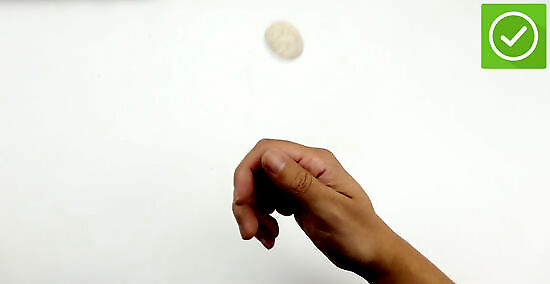
Watch the coin in the air. This isn't to track the flips, just so you either can catch it or track it down if it rolls after hitting the floor. Flipping the coin won't do you any good if you can't find it to see which side came up.
Guessing a Coin Flip
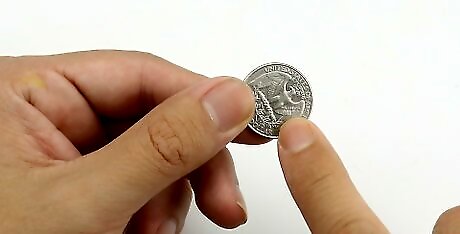
Decide how the toss will end. You need to know what you will be looking for when you toss the coin into the air. Will you catch it, or let it hit the ground? If you catch it, do you reveal the coin as is, or flip it over to place somewhere else (giving it one final flip)? If you are using it to make a decision with another person, making these decisions clear will prevent either of you from complaining about the result afterwards. On the other hand, if you are comfortable with the steps below, and can set the coin and get the toss off quickly, you can put the other person off guard, and maybe get a more favorable result.
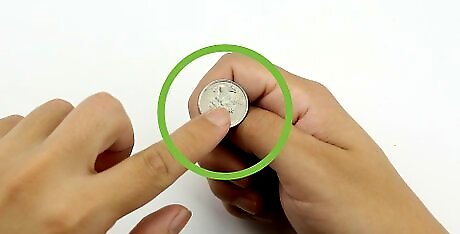
Be the chooser. If possible, make sure you are the one choosing heads or tails, so you can see the tossing conditions and make your guess accordingly. Alternatively, you can also make sure you are the one tossing the coin. That way you'll be able to control the conditions to give yourself an edge.
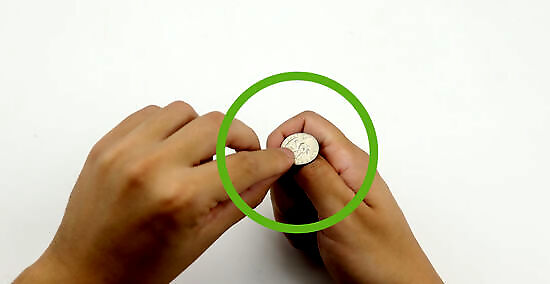
See which side is facing up. While a coin toss is generally considered a 50-50 proposition, the different designs on each face actually make it more of a 51-49 possibility in favor of the side facing up. That may not seem like a big difference, but when you are trying to guess right, every little bit helps. This works best with new coins. The older a coin is, the more it has been scuffed up or otherwise gained imperfections, which changes the physics behind each toss. Take into account how the toss will end as well. If the tosser (you or the other person) is going to catch the coin and flip it over onto another surface (their hand, a table), then pick the side facing down. The extra flip after the coin lands will account for the difference. If you are the tosser, and want a little extra degree of sneakiness, you can judge the side of the coin by the feel. The "Tails" side usually has a more ornate design, so should feel rougher on your finger than "Heads."
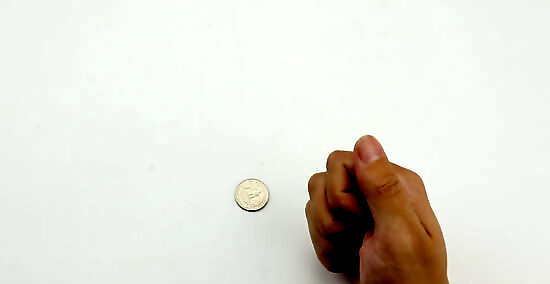
Keep your tosses soft. A softer toss will cause the coin to flip fewer times, meaning you can track it's movement more easily.
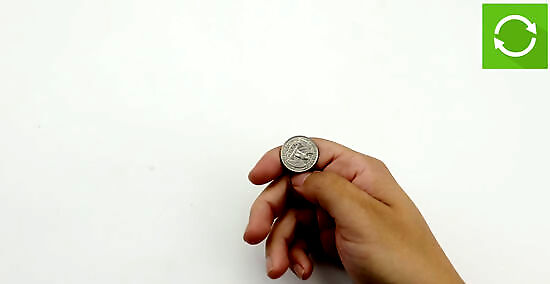
Practice your flipping. Like any skill, flipping a coin is something you can improve with practice. The more you do it, the more consistent you can make your tosses, which can make you a better judge of how many times the coin will flip in the air.
















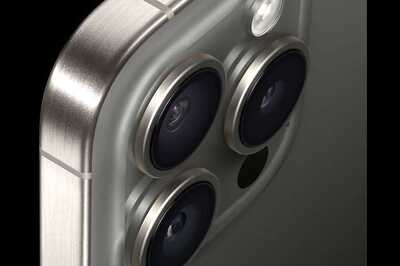
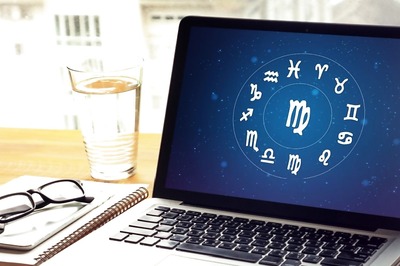

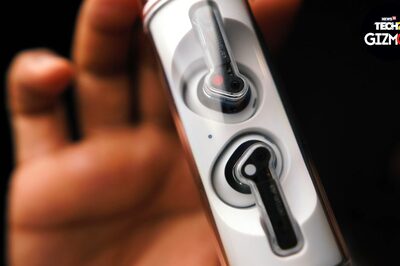
Comments
0 comment